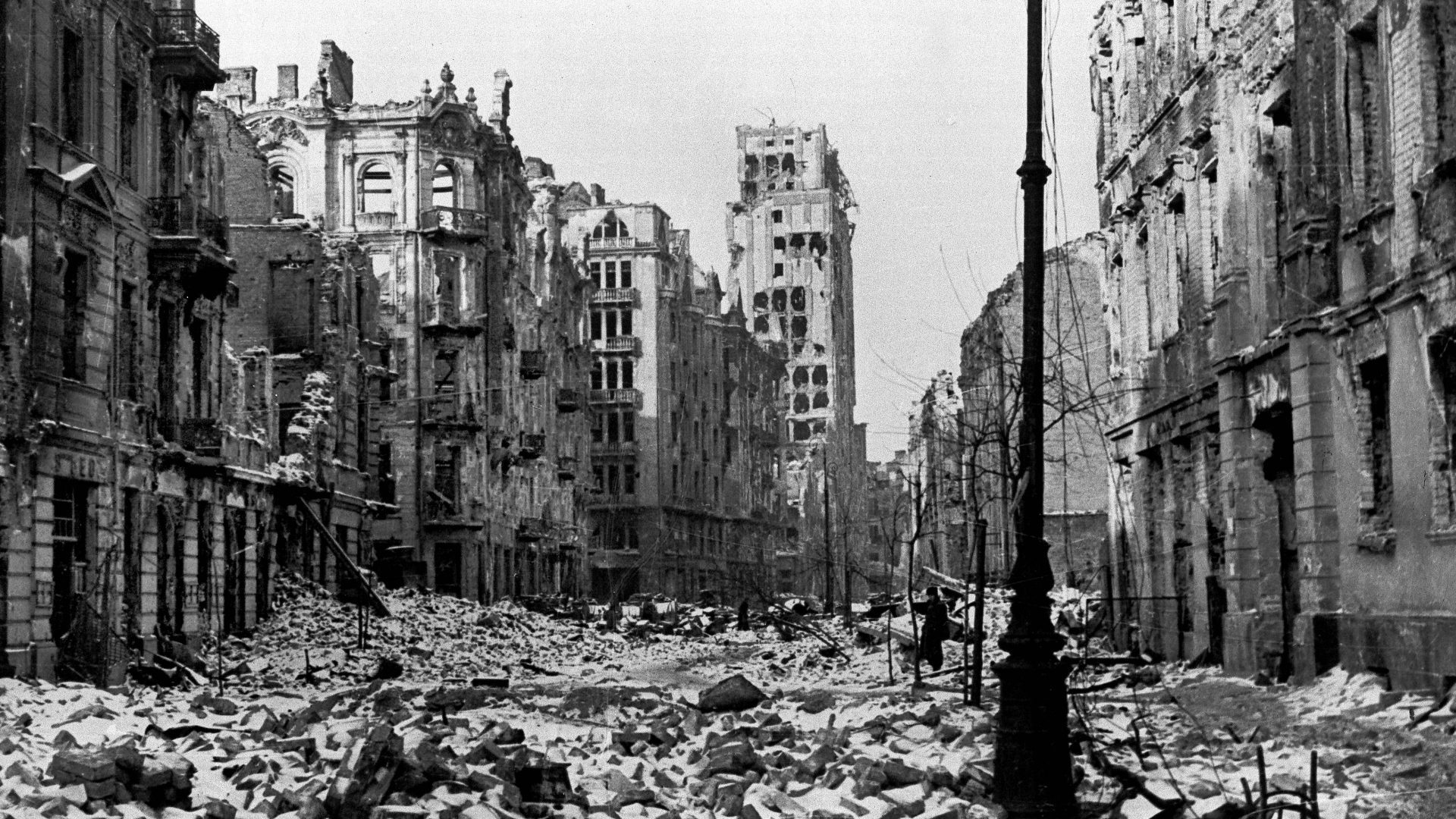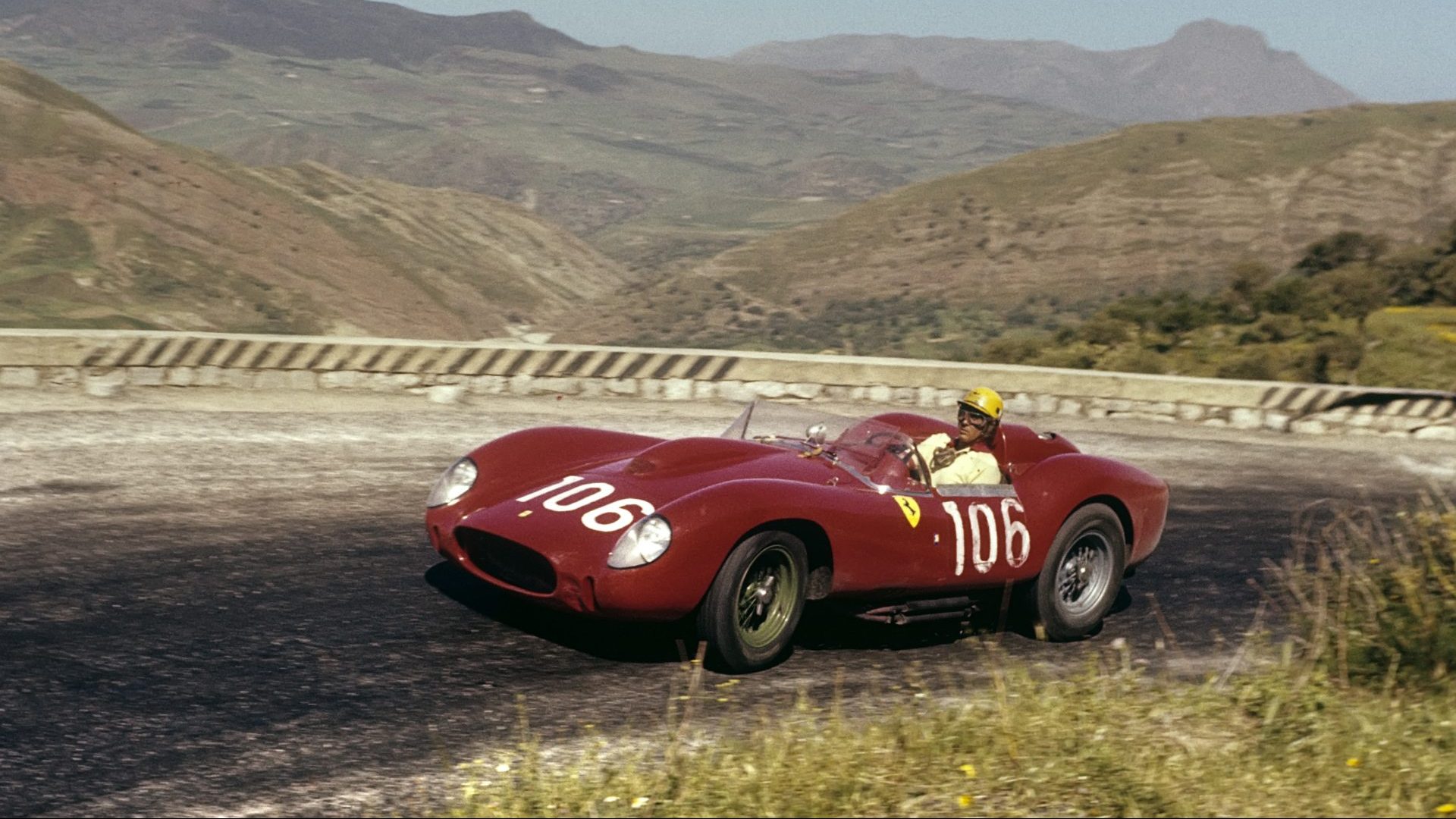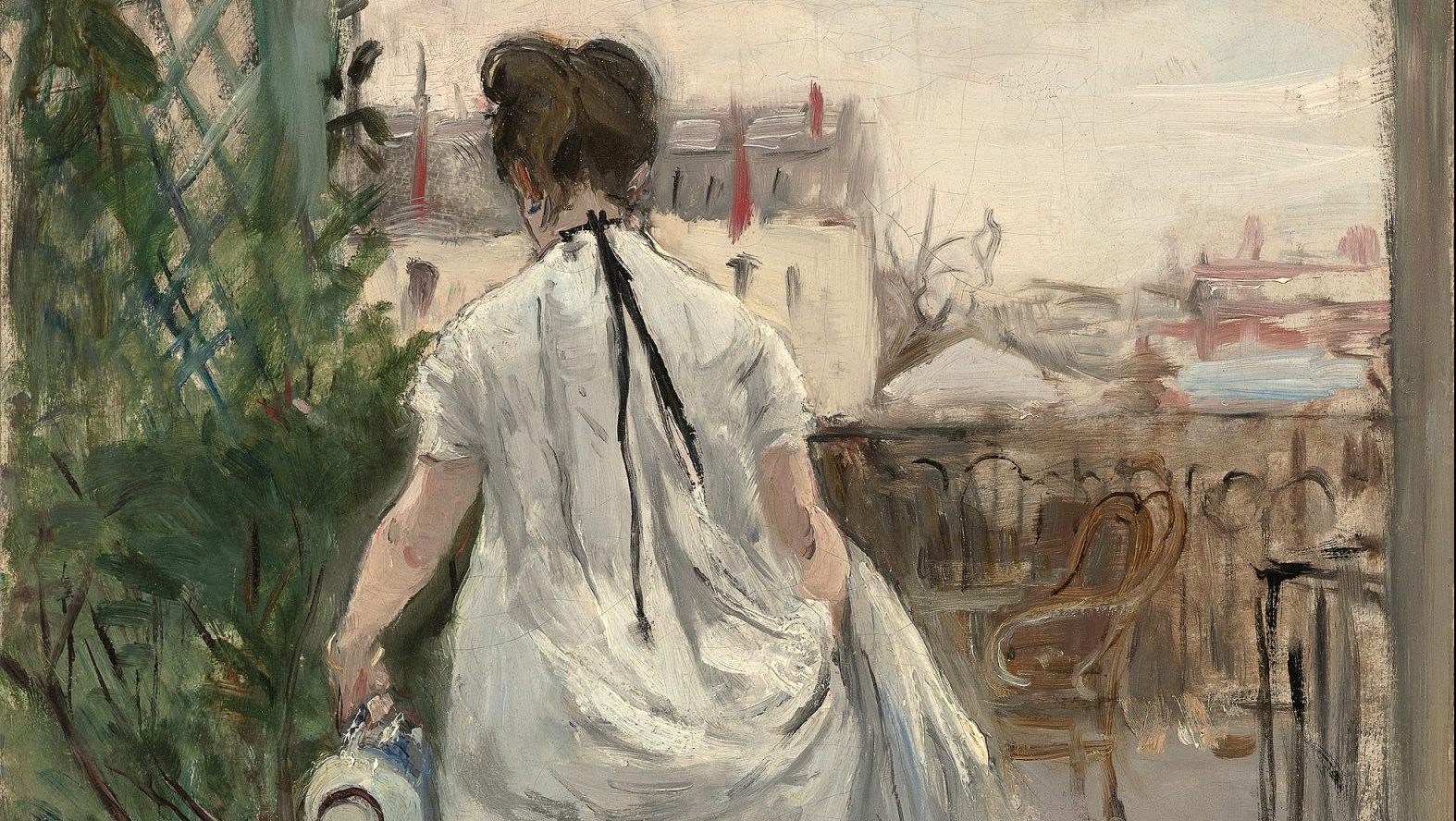Can you pinpoint the moment when you first truly felt like a European? I think I can. It was a warm spring day at the end of the last millennium in the
Place d’Armes, the main square of the old part of Luxembourg City, and I was
sitting alone at a table outside a bar with a stalked glass of Bofferding beer in front of me, leafing through that day’s Luxemburger Wort.
Late afternoon sunshine filtered through the lime trees as waiters in black waistcoats and white aprons ghosted between tables and somewhere nearby a church chimed the hour. Luxembourgers went about their business and in the traffic-free peace and contentment of that late afternoon I found myself thinking “this is Europe and I belong here”.
What was it about that sun-dozed golden hour at the heart of a tiny nation that caused the pfennig to drop? Maybe it was because with my Luxembourgish beer and newspaper, I thought I blended in. Rather than
schlepping between the traditional sights, squinting up at the façade of a
cathedral or looking baffled by a bus timetable, I was unhurried and unruffled.
Perhaps this combined with a sense of fitting in among history that wasn’t my own. The Place d’Armes dates from the 16th century and while none of the current buildings go back that far, its history is still impressively pan-European. The original square was designed by a Dutch engineer and
later reworked by a Spanish one. The Palais Municipal at the end of the square was once the location of the European Court of Justice.
Either way, my epiphany was entirely a sentimental one. This really felt like the best of Europe: a warm day, a historic square in the old part of an old city and a sense of time-slowed tranquillity where even the Luxembourg and European Union flags were barely disturbed on their poles.
I’ve had similar experiences in Old Towns across Europe since, from the dark-wooden, low-rise ancient heart of Sarajevo to the grass-roofed 14th-century houses in the Faroese capital Tórshavn, but I feel especially European when walking old cobbled streets between half-timbered buildings at the heart of our continent.
Arguably, this is the kind of place that comes to mind when we think of Europe: visible evidence of the stories, separate yet pan-continental, that
made us, a tangible sense of how the past brings us to the present. These
districts also allow an escape from the modern world, historic streets free of
choking traffic and chrome-and-glass modern commerce where it could almost be any time in the last 500 years. In these historic districts, built long before the rule of the automobile, we find the soul of our continent.
Hence when I picked up Marek Kohn’s The Stories Old Towns Tell: A Journey Through Cities at the Heart of Europe, I expected to settle back and enjoy a Europhilic wallow in Mitteleuropan nostalgia. Instead, I was led on a sobering tour through Europe’s heart that ensures I will never be seduced by such cosy nostalgia again.
Kohn, a writer who has long advocated unity through the embrace of diversity, sets out to find his “fantasy Old Town, definitely Middle European as far as I’m concerned, in which history is charming and harmless,” because, after all, “a comfortingly half-timbered and cobbled historic European quarter is the ideal spot for a brief escape from European history repeating itself”.
Yet, on his journey through Germany, Poland and Lithuania, he finds disturbing absences in the old neighbourhoods. “The facades plaster over the fractures,” he writes. “Old Towns make harmonious compositions out of history by omitting, erasing or downplaying some of its storylines.”
The second world war and its legacy loom large over The Stories Old Towns
Tell, and some of the stories Kohn tells are genuinely startling. One of the
most absorbing is that of the Warsaw architects, some of them still students,
who risked their lives to ensure that, in the event of its destruction, their city could be rebuilt.
Among them was Maria Huber from Kraków, who was studying in Warsaw
when the Germans invaded. When her train to the capital was stopped and its passengers disembarked by German soldiers for interrogation, she managed somehow to talk her way out of being deported as a dangerous
intellectual, convincing the officers she was on important Reich business. When the previously packed train finally departed, the only passengers were Huber and a couple of men who had hidden in the toilets. Everyone else had been detained as undesirables, Jews, intellectuals or part of some other group of whom the new regime disapproved, destined for camps or deportation.
Architects may not be the first people who come to mind when it comes to heroic resistance, but the Warsaw group was extraordinarily brave. When their building at the university was requisitioned by the Gestapo, a group of them drove a lorry up to the door and proceeded to remove boxes and boxes of invaluable building archives that would otherwise have been destroyed. They worked so casually the Nazis assumed they must have been on official business.
“The Gestapo subsequently used the basement to hold and interrogate prisoners,” Kohn notes. “The architects used the documents to rebuild the capital.”
A secret Faculty of Architecture was set up to plan for postwar reconstruction as a part of the Polish resistance movement, becoming even more vital when it emerged the Nazis had plans to raze the city and build a
new one free of Polish influence.
At the end of the war, when the old part of Warsaw had been almost completely destroyed by allied bombing and the Russian advance, the entire population had gone, leaving around 200,000 corpses behind. The clean-up ahead of reconstruction was tackled by 3,000 Polish craftsmen and tradesmen, divided into their specific guilds.
As well as being an extraordinary story, the rebuilding of Warsaw also causes us to question the authenticity of the historic quarters in whose historic ambience we immerse ourselves. Sometimes it can be a positive action: the centre of Ypres, including its magnificent 13th-century Cloth Hall, was completely destroyed during the first world war but was meticulously reconstructed to its former glory, the hall now housing a deeply moving museum dedicated to the western front.
Things were a little different in the medieval town of Rothenburg ob der Tauber in Bavaria, so postcard-perfect it inspired the location design of Disney’s 1940 animation Pinocchio, despite the source text being set in Tuscany.
Unlike many towns in Germany in the later stages of the war, Rothenburg,
while badly damaged, was spared the full fury of aerial bombardment because the US assistant secretary for war had visited the town during the
1920s, remembered its architecture fondly and requested it be left alone.
As well as American tourists, the walled town’s medieval architecture had always ensured its popularity with German nationalists. Indeed, from the
late 1920s the people of the town were among the most enthusiastic early
adopters of Nazism and proudly trumpeted the town’s expulsion of its Jewish population in the 16th century, even fixing signs to the town walls boasting of the fact. They were keen to emulate their ancestors and ran Rothenburg’s tiny Jewish population out of town two weeks before Kristallnacht in 1938.
After the war, damaged buildings were renovated and replaced to match the prevailing half-timbered style – even if that was not part of their original construction – a policy that was sustained to make a picturesque façade that’s as much fake history as the genuine article.
“Rothernburg ob der Tauber has steadily become a new Old Town,” Kohn writes, “getting younger in average age as it has grown older in appearance.”
The unpleasant legacy that lay beneath the half-timbered service didn’t end with the allied victory. During the 1950s, the town’s Judenkirchof, the ancient Jewish cemetery whose last burial was in 1520 shortly before the Jews were expelled, was renamed Schrannenplatz, Granary Square, after tourists expressed distaste at the cemetery’s use as a venue for civic celebrations and
festival events. It’s now a car park.
In every town he visits, Kohn finds yet more hidden history, most often its Jewish story. His book is an argument that the historic centres of European towns and cities should reflect their whole story. European Jewish history is not a separate history, it’s a part of the wider narrative. Kohn’s eye-opening, often downbeat but ultimately positive book is a valuable reminder of that and a timely rallying call for retrospective inclusion and historical empathy.
In Luxembourg, you can now undertake a self-guided walking tour of the capital’s second world war locations. On the Place d’Armes, where I embraced my Europeanness one afternoon in the last century, during the summer of 1940 the new Nazi Gauleiter announced a string of repressive reforms including the banning of “Luxembourg gibberish”, the local dialect.
Over the next three years, 674 Luxembourg Jews would be deported but many more had already fled. Estimates vary but it’s thought as many as 2,500 Luxembourg Jews were murdered during the Holocaust. Just 36 survived.
The city unveiled a Shoah memorial in 2018, three years after the government had apologised for Luxembourg officials’ role in the Holocaust. The story of Luxembourg’s Jews is as much a part of the story as any other. At least it’s there now.




